Classic Theory Meets Digital Computer; Status Quo Emerges Unscathed
Flying Magazine
MAY 7, 2025
Subscribe Now Carsons argument began with the familiar observation that because airplanes need to climb, their engines are more powerful than they would be if they were sized solely for most efficient cruising. Efficiency here means specific range, which is measured in miles per gallon, as it is with cars.

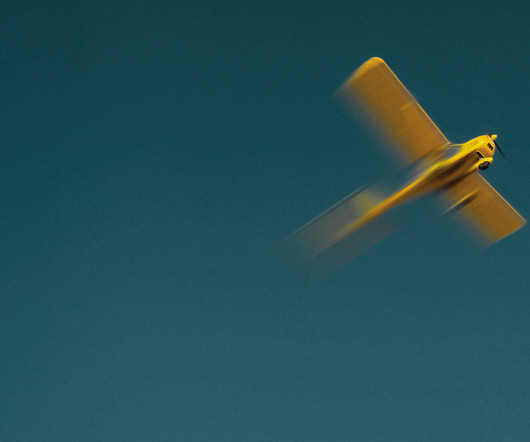


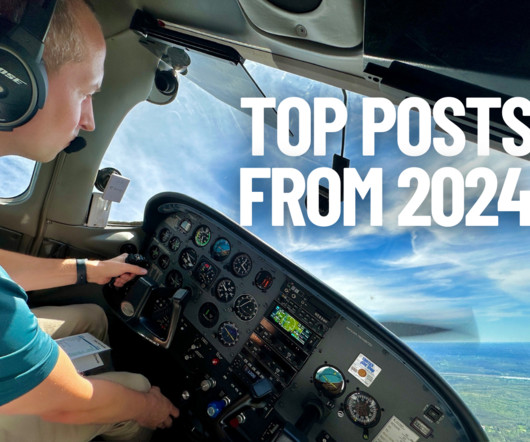



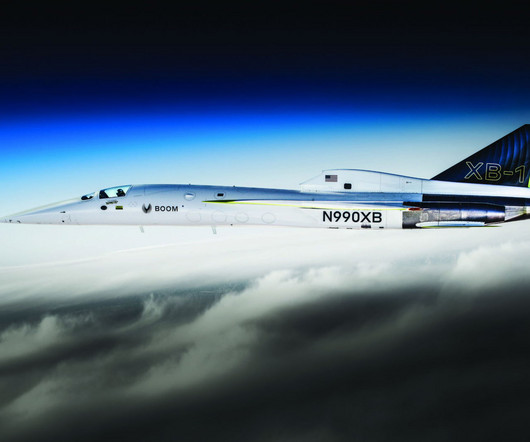
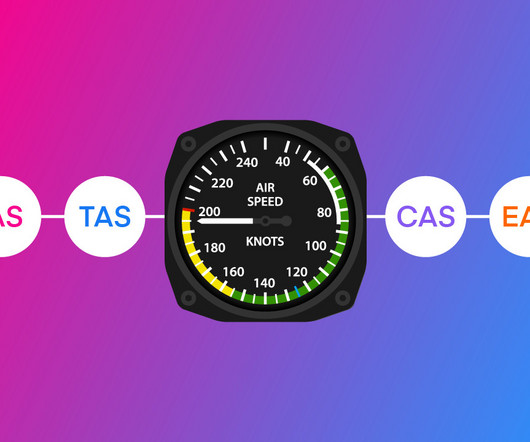
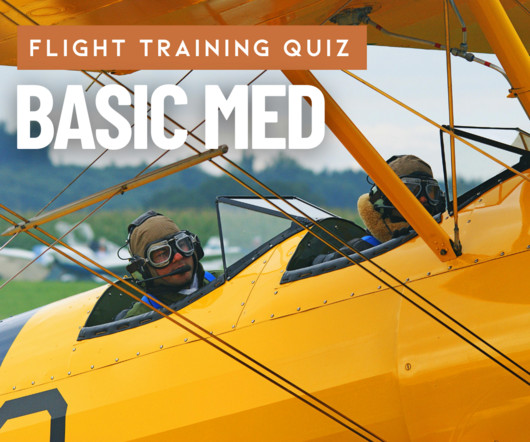
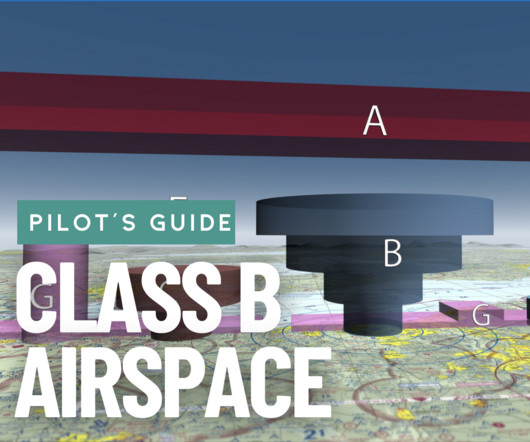
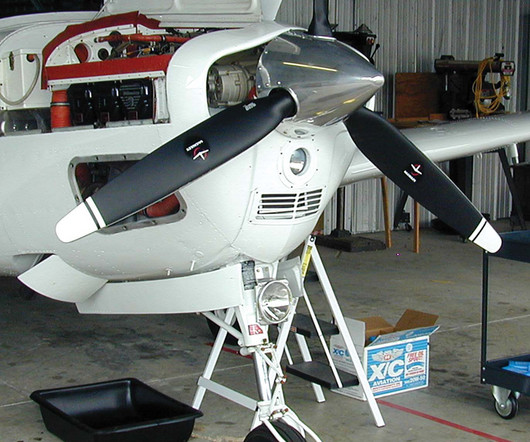
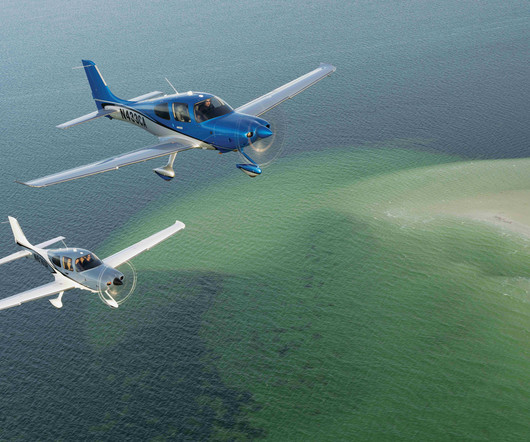
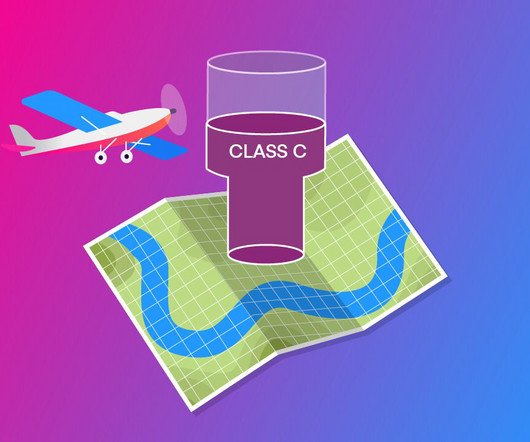



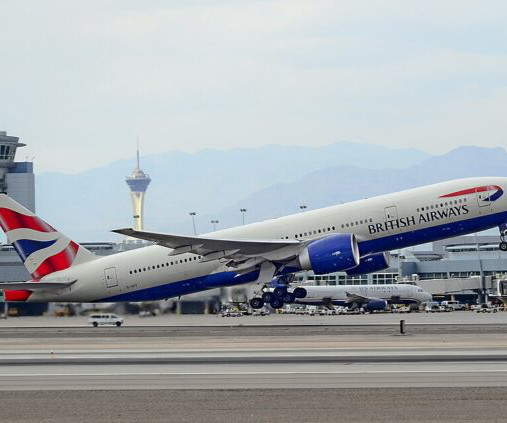

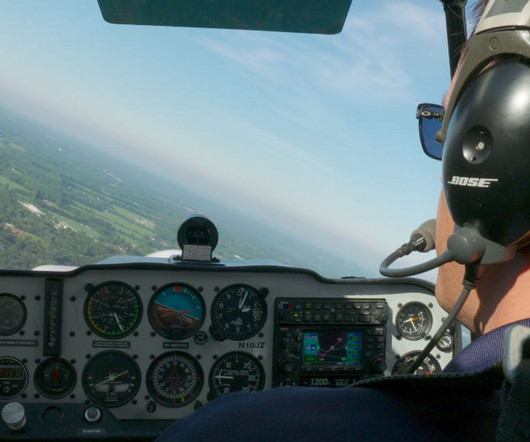







Let's personalize your content